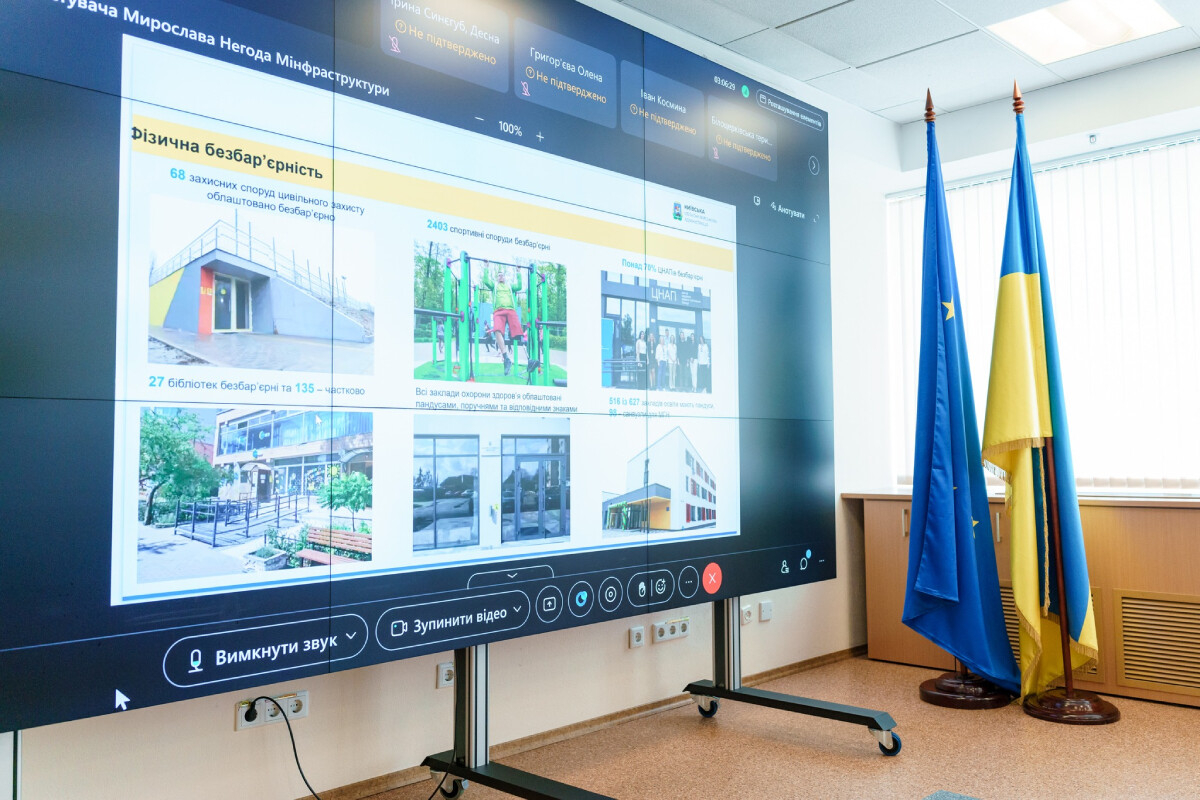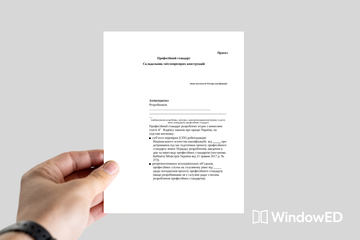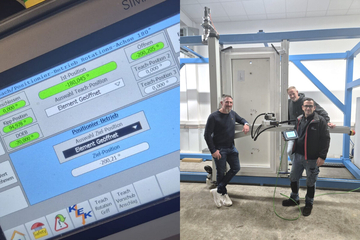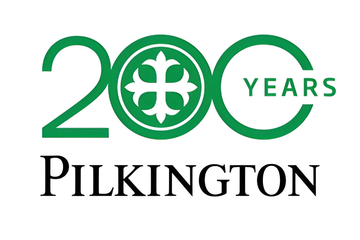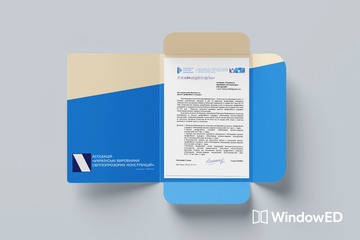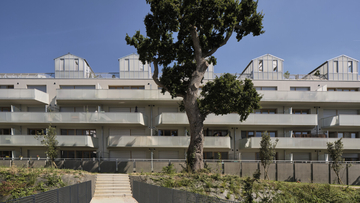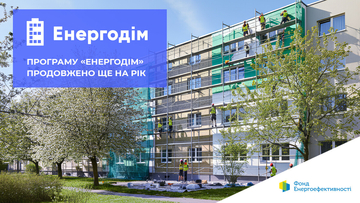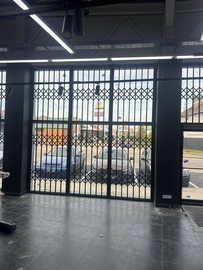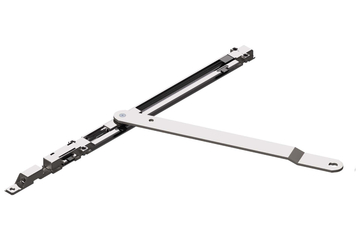Updates to the building codes directly affect building design. What has changed?
DBN V.2.2-40:2018 Accessibility of buildings and structures (Amendment No. 2):
- more flexible requirements for pedestrian walkway widths introduced
- specifications clarified for ramps, handrails, and contrast for visual navigation
- mandatory manoeuvring space in front of entrance doors
- updated standards for tactile paving and information signs
- improved conditions in sanitary facilities for wheelchair users
DBN V.2.2-5:2023 Protective structures of civil protection:
- ramps or lifts to shelters are now mandatory
- tactile navigation and high-contrast markings on stairs and thresholds introduced
- new shelters must include universal toilets
- materials with reflective properties required to ensure safe movement in low light
DBN V.2.2-10:2022 Healthcare facilities. General provisions:
- healthcare facilities must be accessible to everyone
- reconstruction must take into account the needs of people with limited mobility
Accessibility requirements are also included in the building codes for educational institutions and public spaces.
Among MinRegion’s priorities for the coming period are continued regulatory updates and support for local initiatives that promote accessibility. For instance, as part of the “Barrier-Free Mobility” project, pilot cities are implementing accessible routes. 752 communities have already begun creating such routes.
